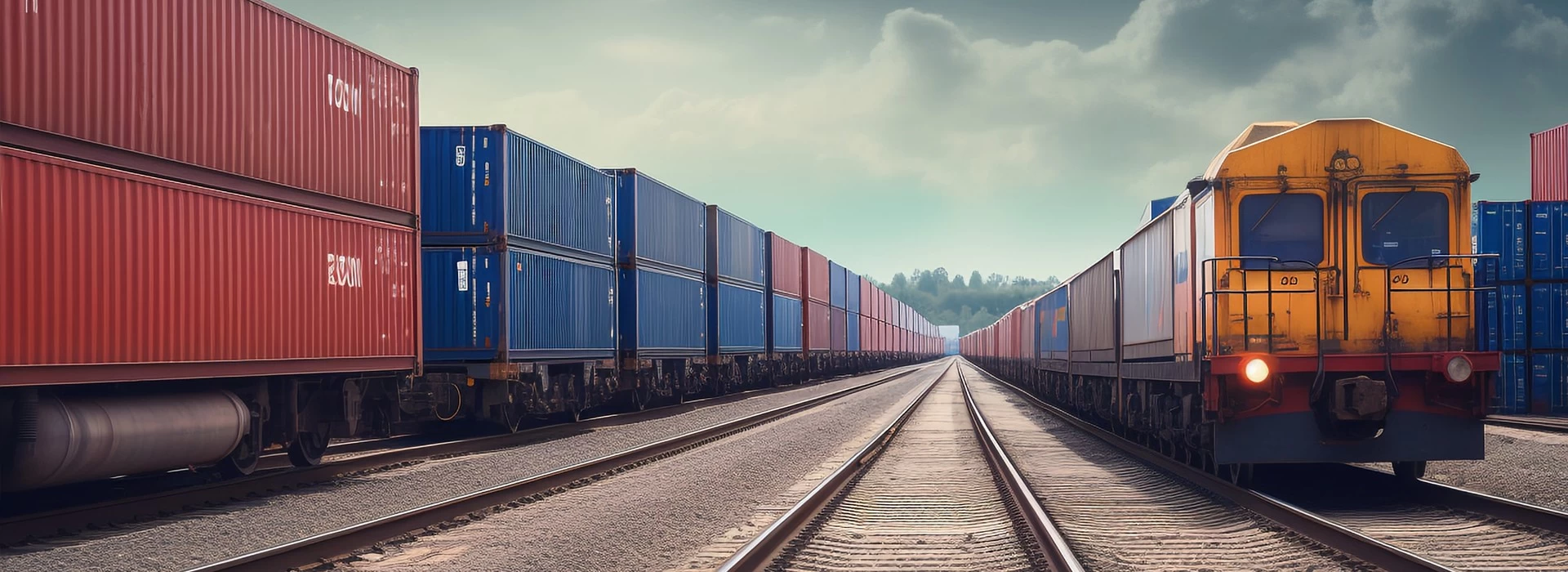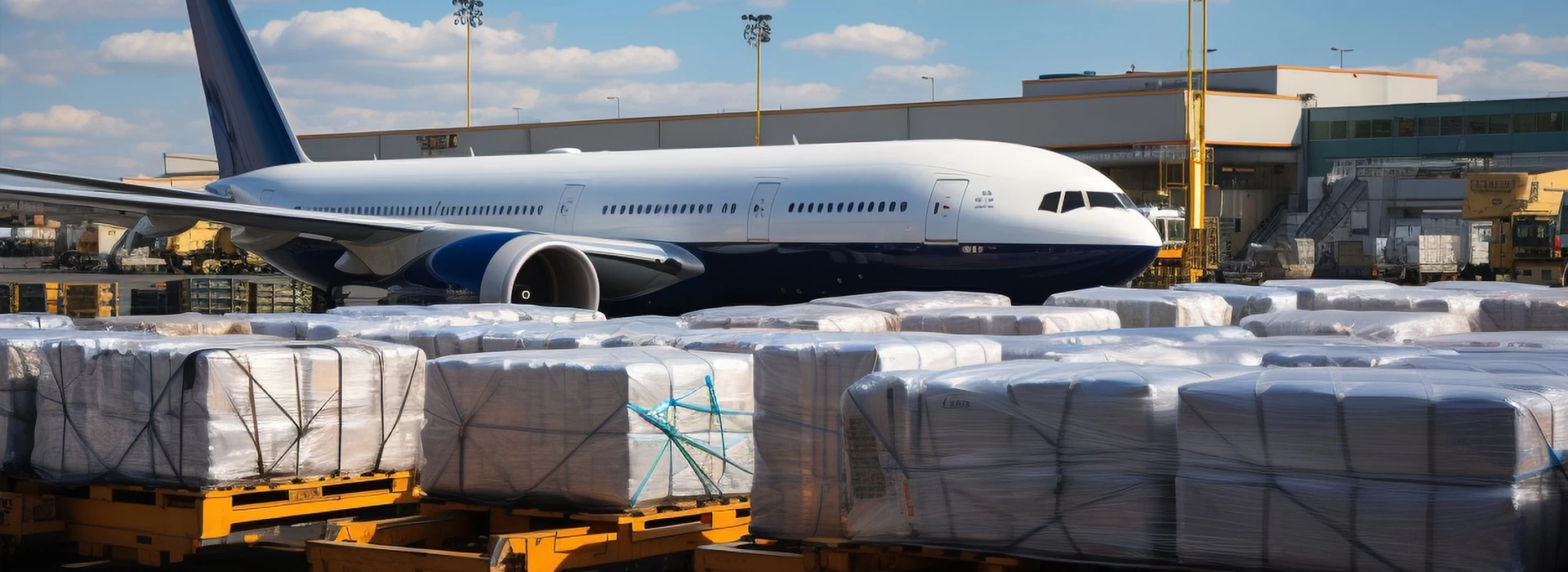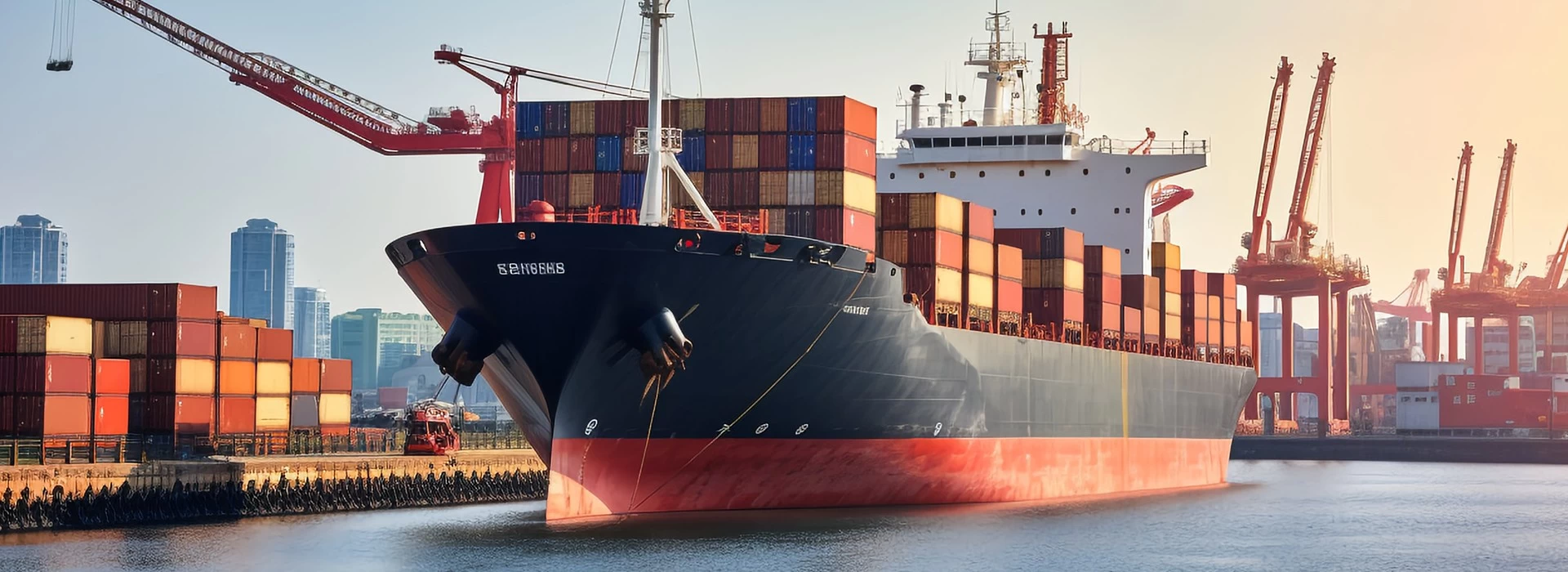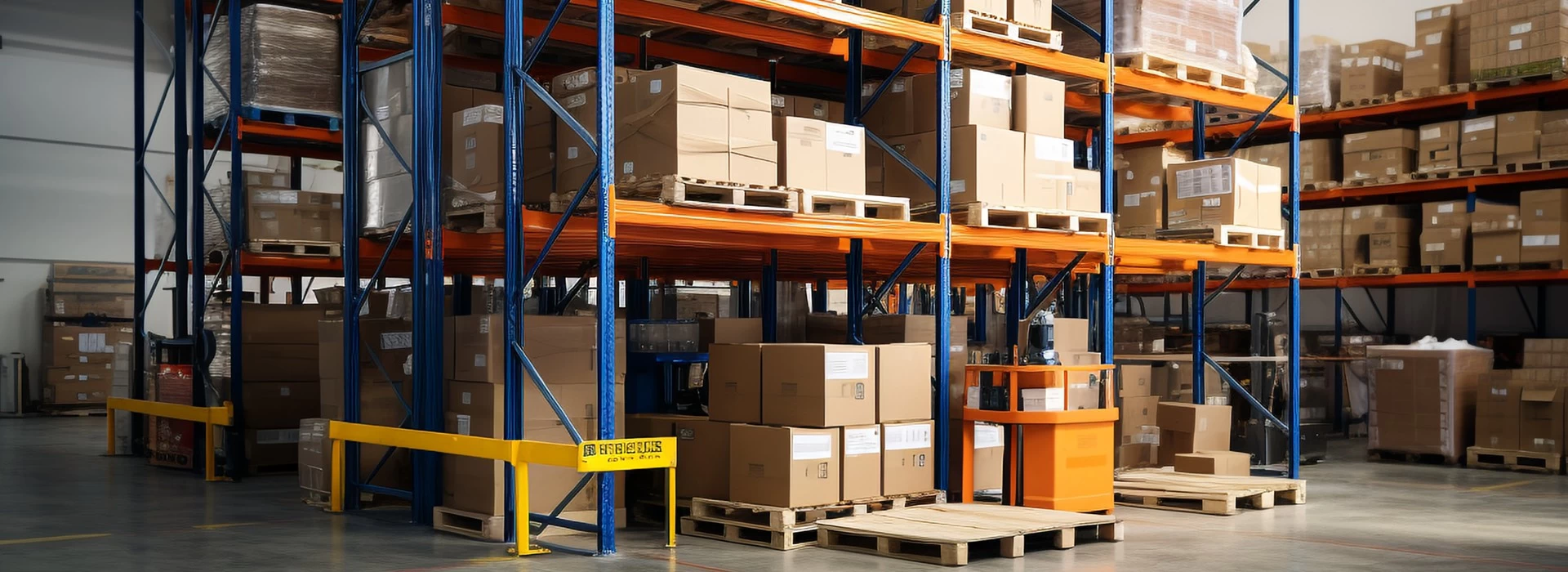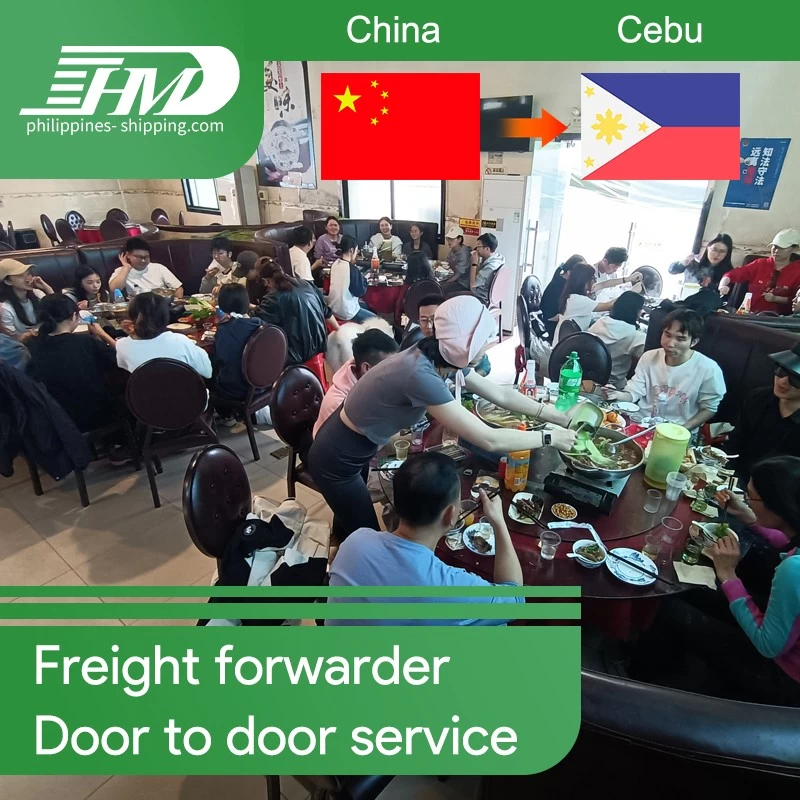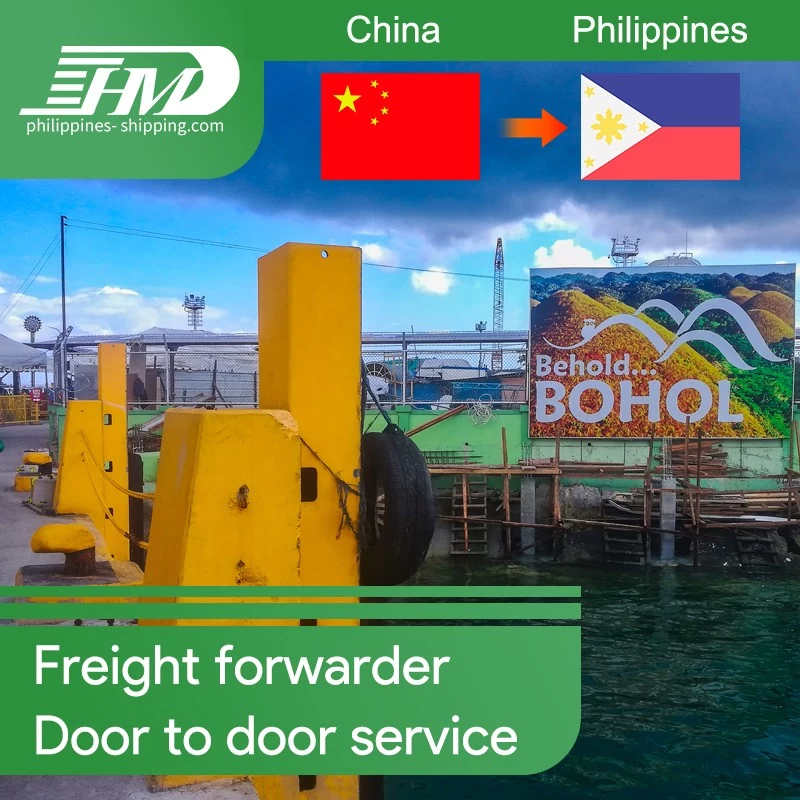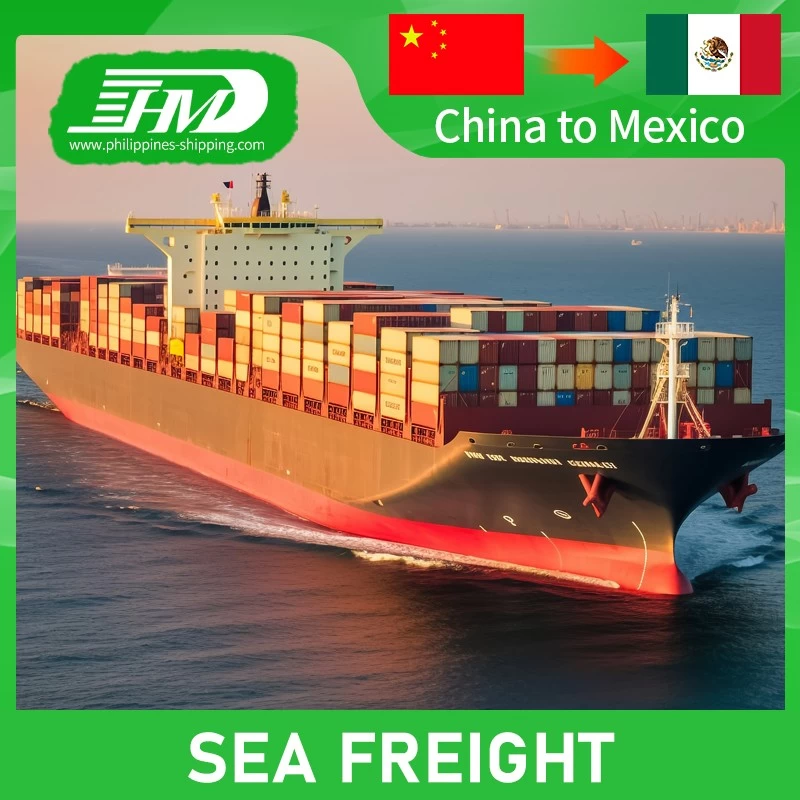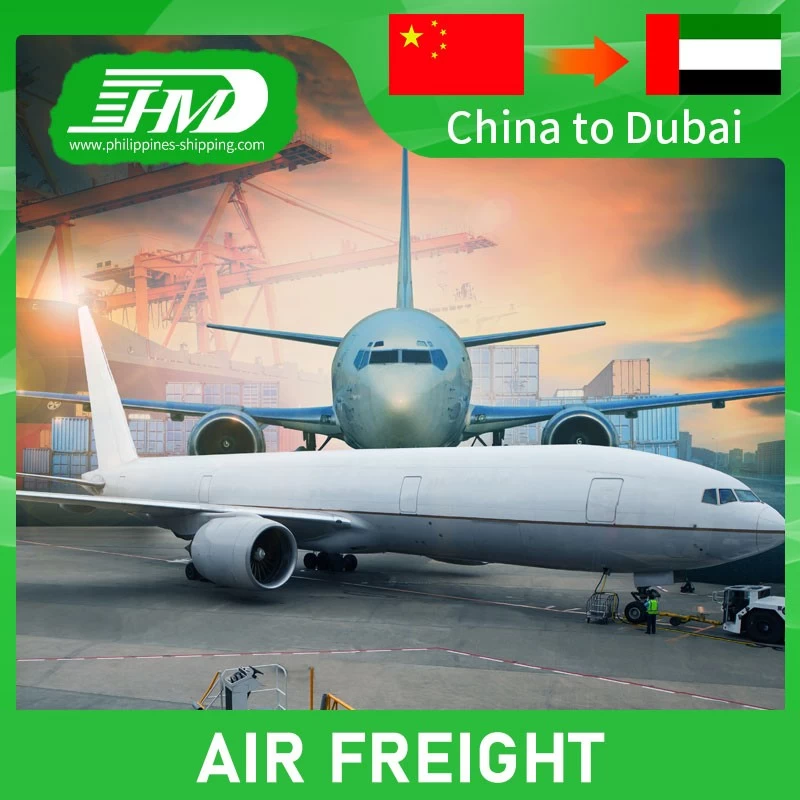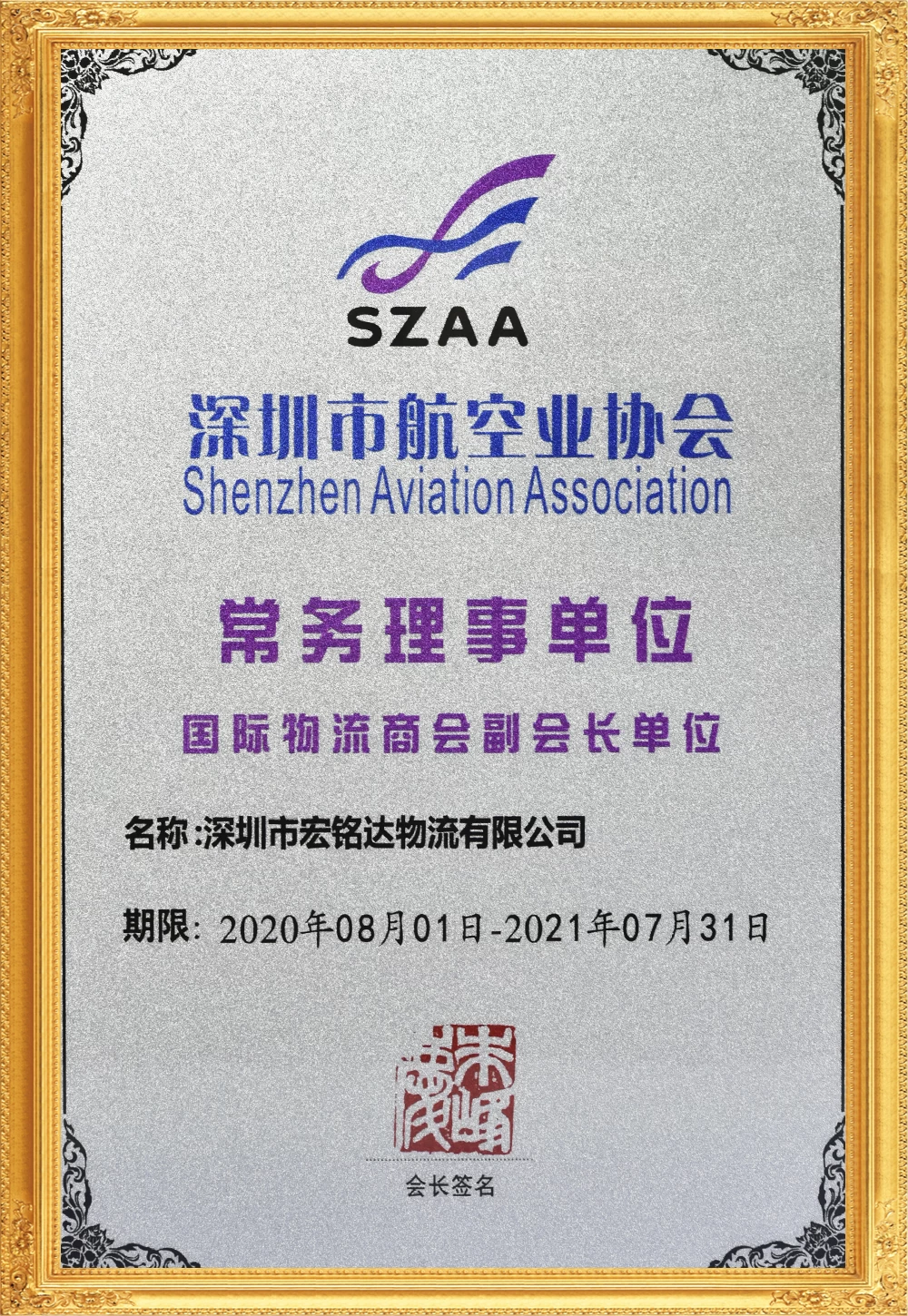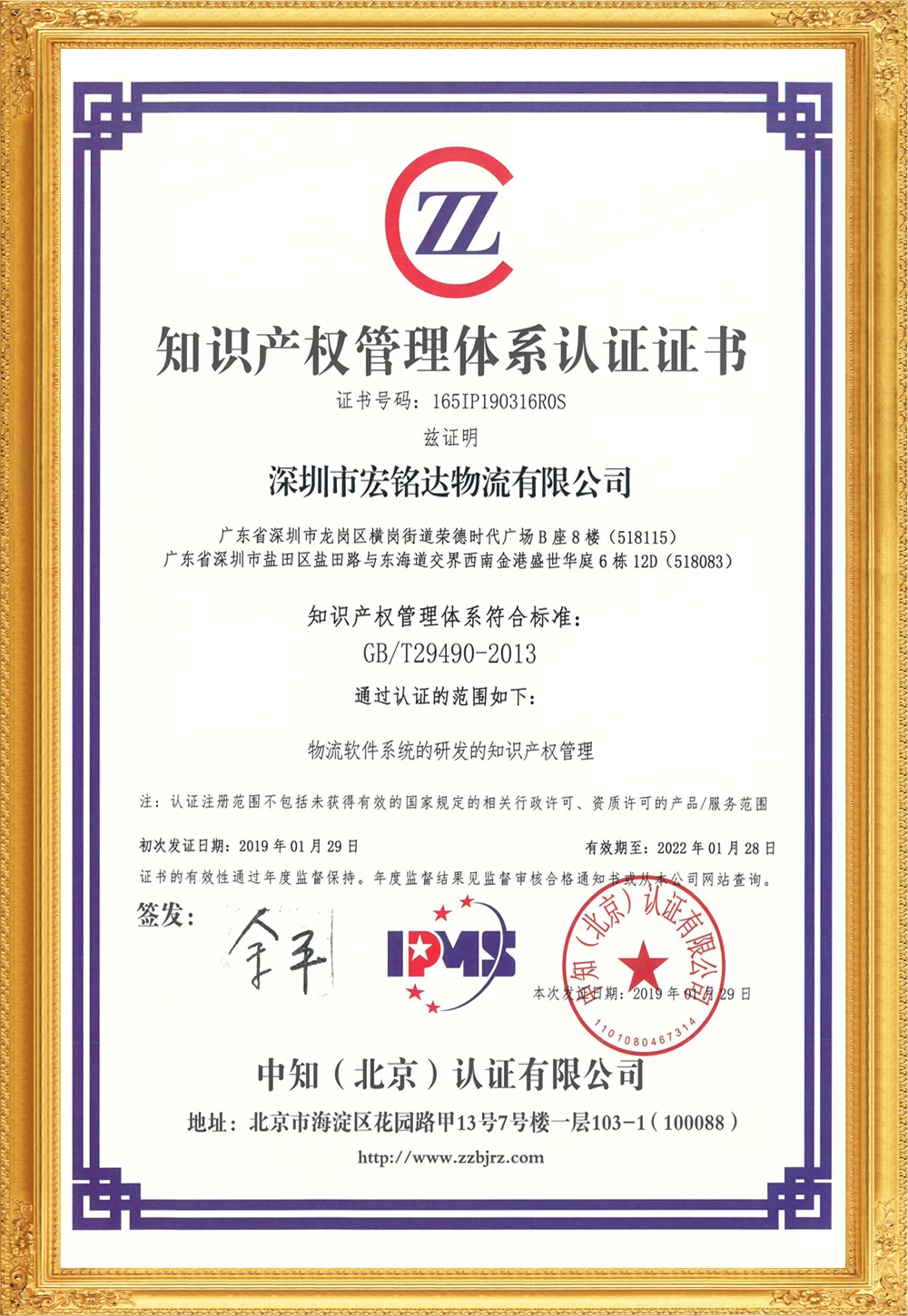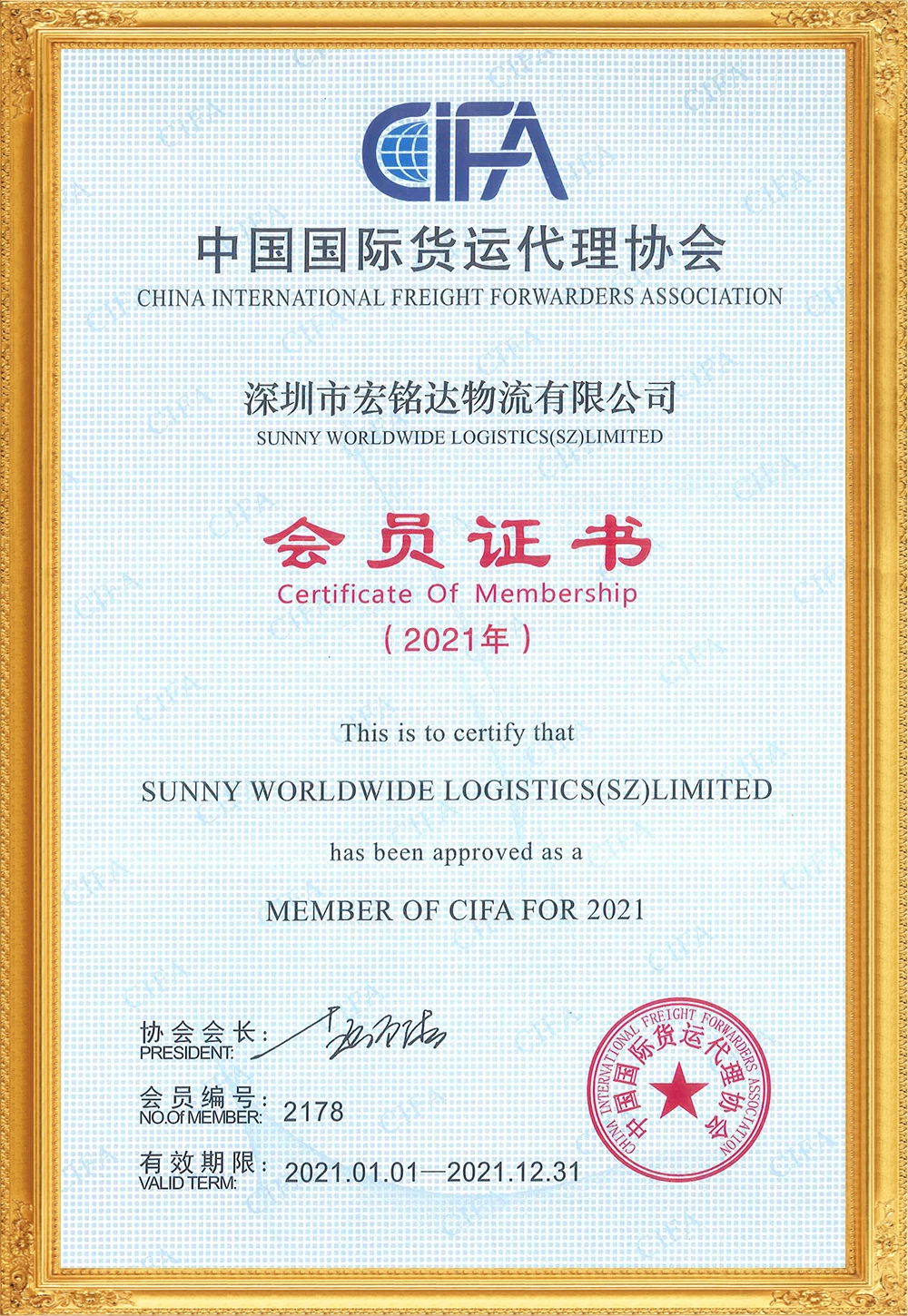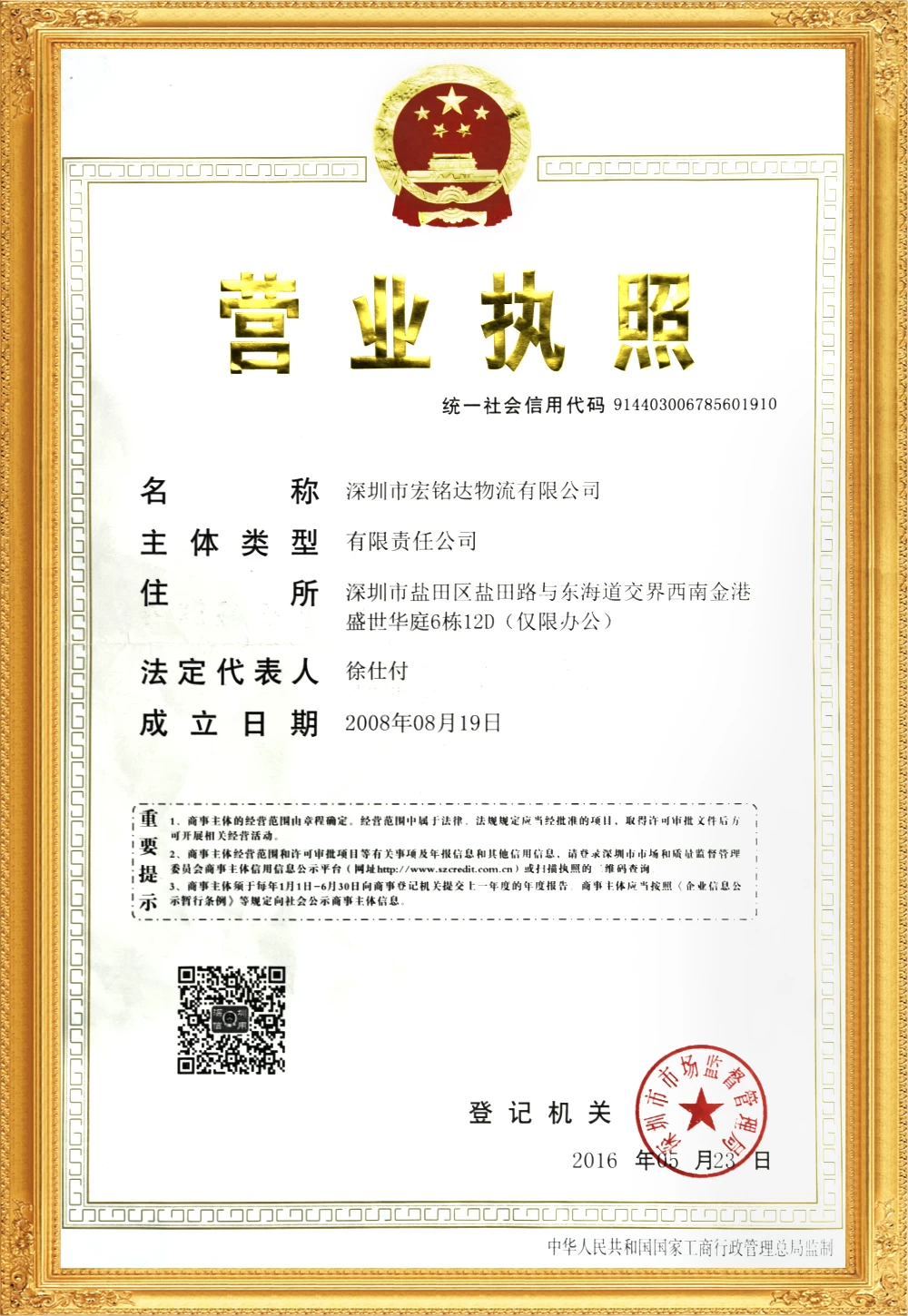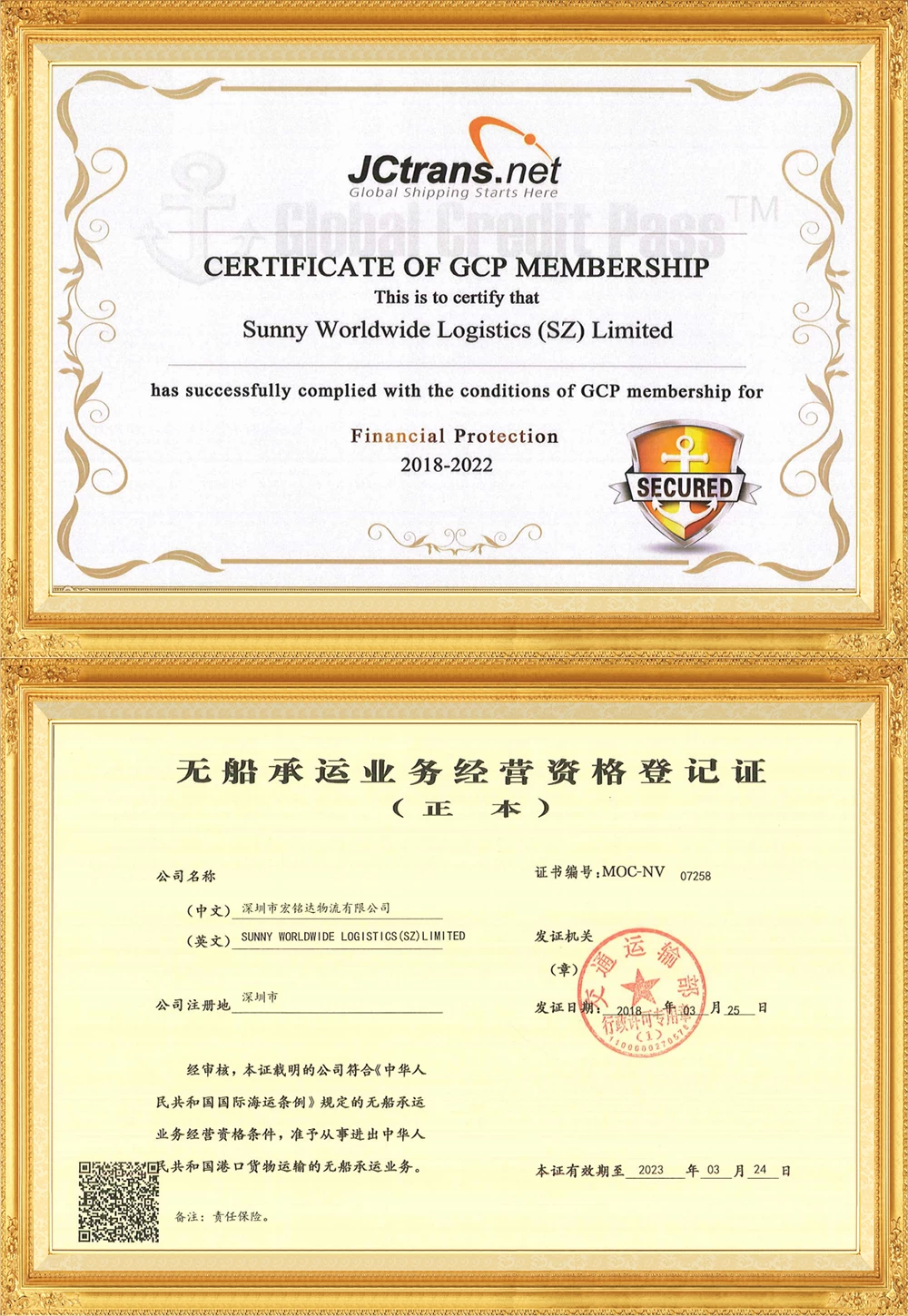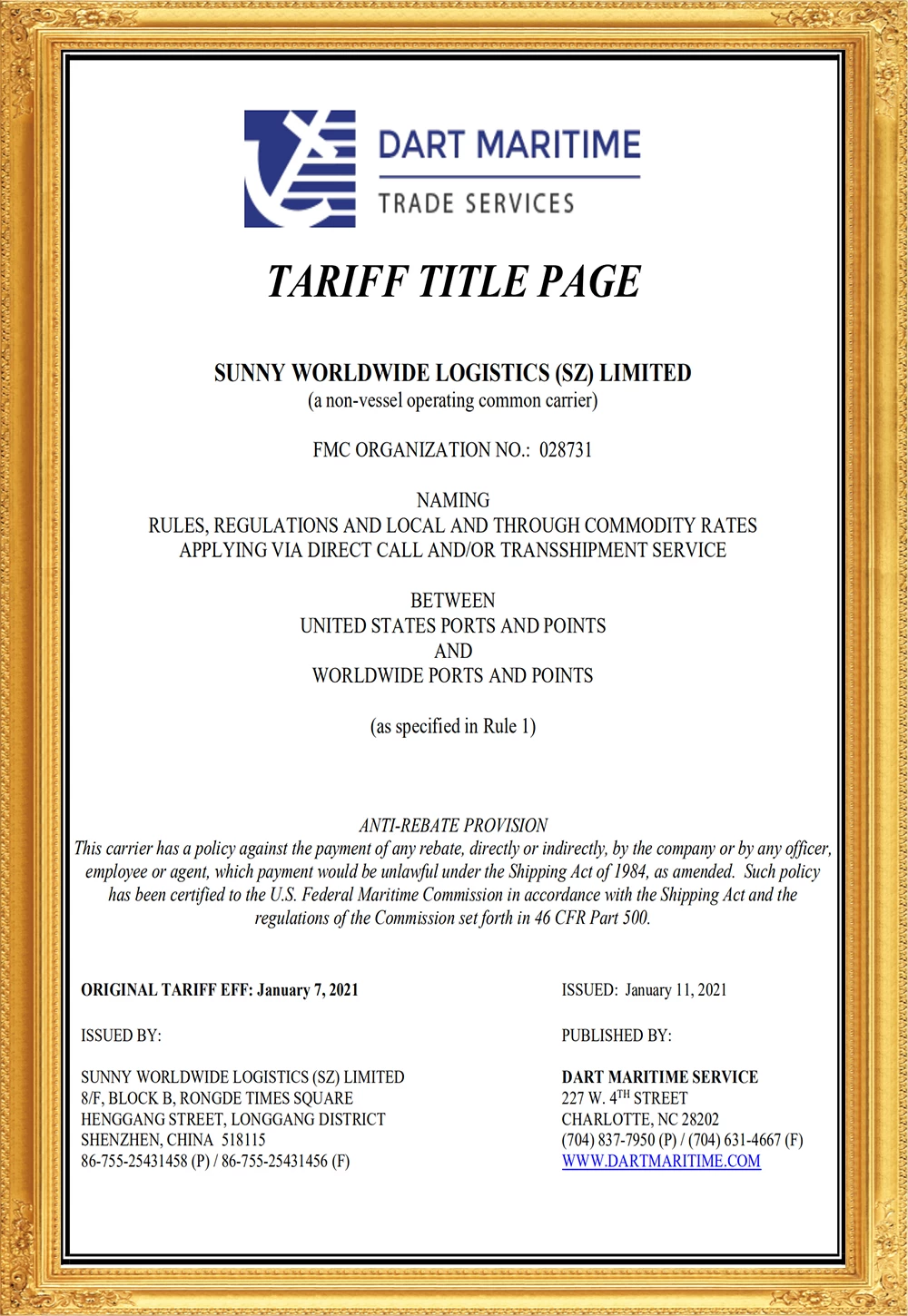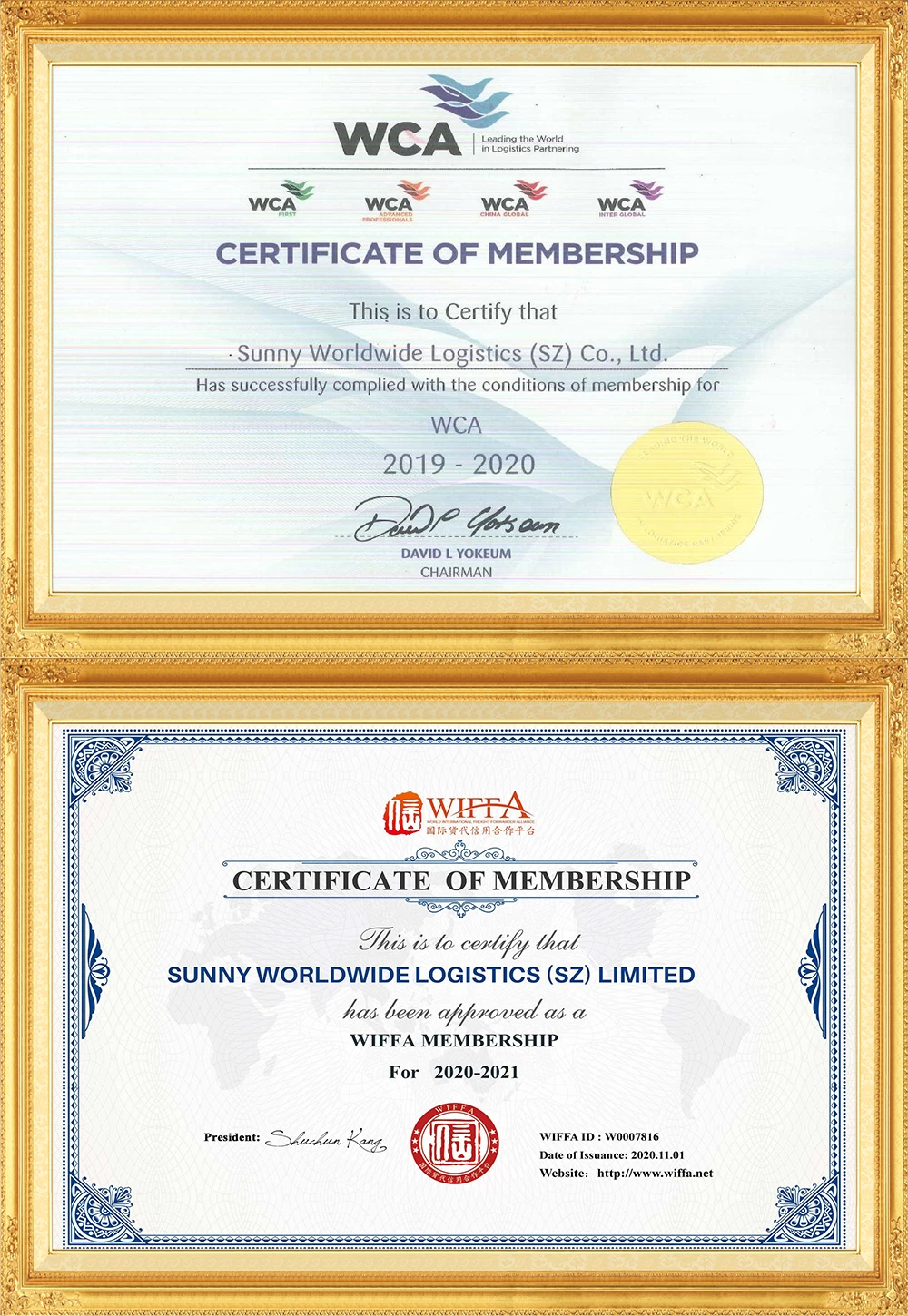70,000 boxes stranded! 96 ships moored! This port may be congested until next year!

It is understood that the Port of Durban in South Africa handles approximately 60% of South Africa's container volume/transportation volume. As the number of containers increases, the Port of Durban, the largest port on South Africa's east coast, is facing worsening congestion.
According to a report by South African port officials, the current congestion situation at the Durban container port may not be relieved until 2024 or even February next year.
In view of the situation at Durban Port, shipping companies such as Maersk, MSC and CMA CGM have recently announced the imposition of congestion charges.
Recently, the South African Association of Freight Forwarders (SAAFF) estimated that there are currently nearly 71,000 containers stranded in Durban Port or on ships waiting offshore, and 96 ships are parked and waiting outside the port, with a daily economic loss of approximately R98 million. ($5.32 million).
And many of the containers are filled with merchandise that retailers hope to sell during the holiday season, but now time is running out. As a result, some retailers have decided to use air freight to stock goods before Christmas.
It is understood that the Port of Durban experienced "unusually windy and rainy" weather last month, resulting in a loss of 159 hours of operating time. More than 20 ships were waiting to enter the port, and the average delay was as long as 18 days.

The Port of Cape Town was also affected by bad weather, and the arrival of new equipment was delayed until the second week of December. However, the congestion situation has relatively eased.
The congestion appears to be caused by both bad weather affecting operations and equipment issues experienced by port operator Transnet.
In response, SAAFF said that this crisis is more serious than last October's strike because the huge economic cost of 96 ships waiting outside our ports cannot be underestimated and the current situation must be put in perspective.
He concluded that we must improve operational efficiency and increase throughput, otherwise the trade, transport and logistics sector will continue to inhibit South Africa’s much-needed economic growth.
SAAFF further urged stakeholders to work together to help ease congestion, but noted that finding a solution will take some time.
Its head of research and development said that while there was some hope, it was only a tiny bit in the short term. Air freight may help relieve some congestion.
However, he noted that small and medium-sized business shippers were the most affected by delays, and air freight was not a "viable option" for many.
He stressed that congestion can and will be resolved, but probably not until the end of January or early February.
The main reason was a lack of available equipment as Transnet did not keep up with maintenance, especially half-life maintenance of critical equipment.
The problem is multifaceted and long-term, which means that current actions are truly ineffective. Therefore, some shipping companies choose to transport goods through Port Louis as a transit port in South Africa.
Port operator Transnet is looking to form partnerships with the private sector to help modernize its infrastructure.
A few days ago, Maersk announced that it would impose a congestion charge of US$200 to US$400 per container on containers shipped to South Africa from destinations outside East and West Africa.
MSC Mediterranean Shipping Company followed suit and levied a similar congestion charge, announcing that it would take effect from December 3, 2023 (bill of lading date), and the fee standard would be US$210/TEU.
Additionally, Maersk and other carriers have canceled port calls and announced changes to their schedule rotations.
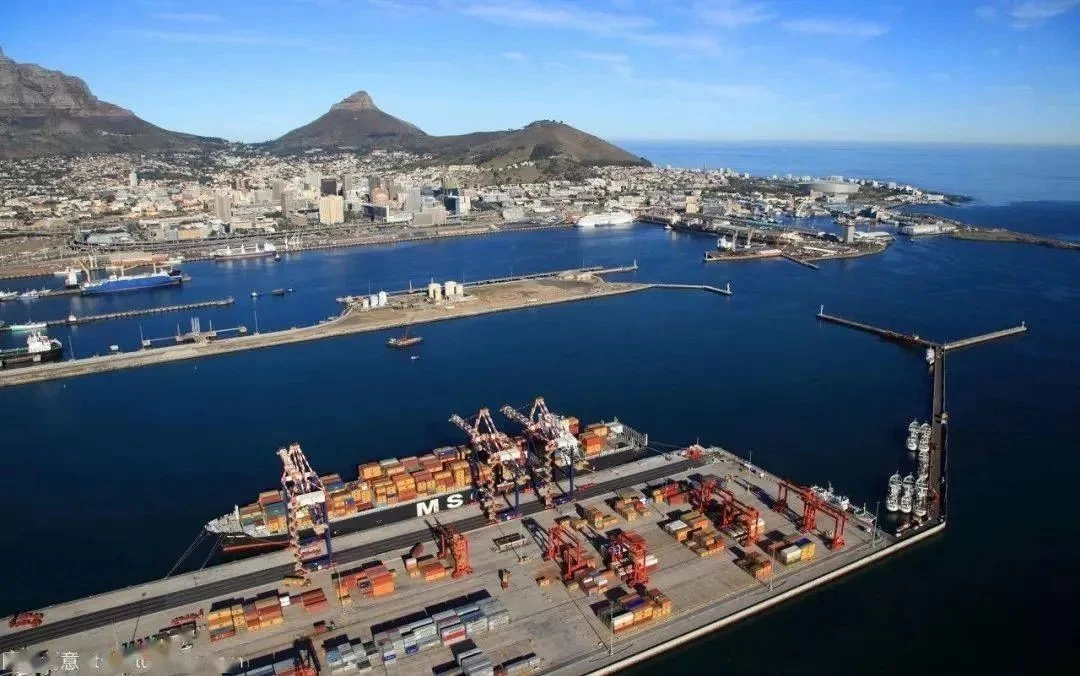
Subsequently, French shipping company CMA CGM also announced a new port congestion surcharge for South African ports. It will implement a PCS of US$200 per TEU for all sailings to the ports of Elizabeth, Durban and Cape Town from December 3 (cargo loading day).
The surcharge will apply to dry and refrigerated containers arriving at the above three South African ports from anywhere in the world (except East and West Africa). In addition, for shipments from the United States and other regions, surcharges will come into effect on December 6.
In addition, Hapag-Lloyd also announced that the congestion surcharge will take effect from all origins bound for South Africa. This fee will apply to all dry cargo containers from December 8, 2023 until further notice.
Therefore, in the face of port congestion and the peak season, in order to ensure that goods reach their destinations safer and more efficiently, sellers need to carefully select logistics providers and plan supply chain logistics in advance to allow sufficient delivery time.
When necessary, multi-channel logistics methods can be used to avoid limited logistics and transportation channels that affect timeliness.


